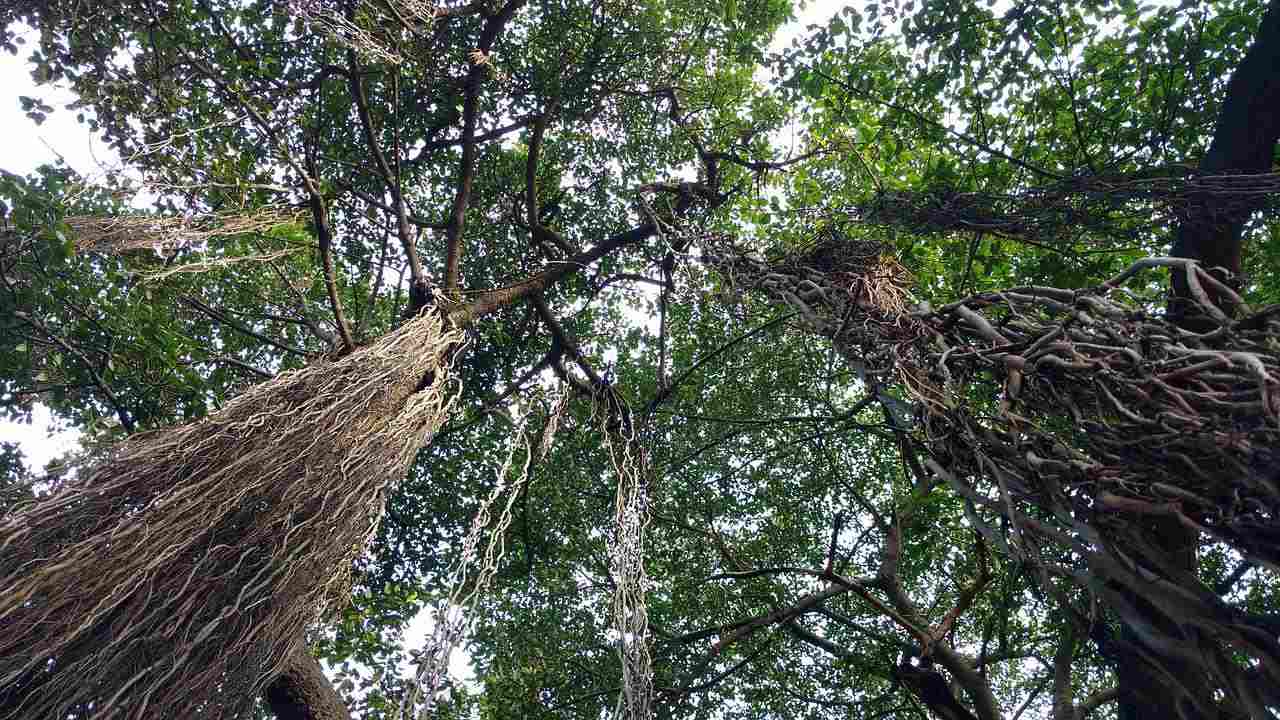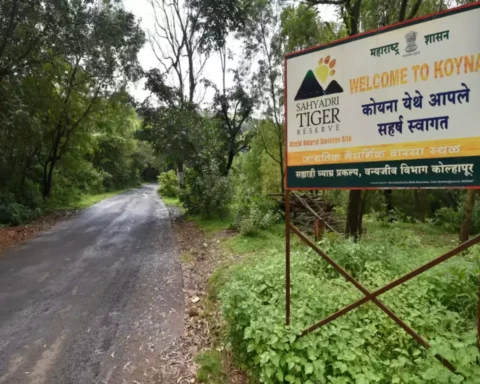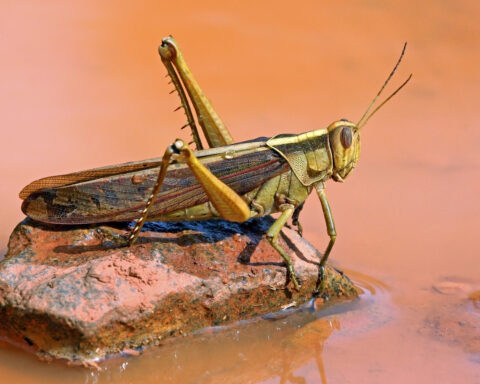An international team of scientists has confirmed that current environmental protection in South and Southeast Asia has failed to protect tree species and their valuable seed sources. This group faced some distribution and threats of some of the most economically important tree species in the region.
The results, published in Conservation Biology, show that approximately three-quarters of the land is considered to be the most important for maintaining tree diversity outside of a protected area. Researchers say the findings show that much needs to be done to protect the region’s nearly 19,000 tree species, many of which provide sustainable ecosystem services and livelihoods and food to millions of people.
According to study authors, the ambitious global goal of deforestation to address climate and biodiversity crises is even more important for the conservation of tree diversity.
“We have big plans for forests and trees to help mitigate climate change and they will provide all the ecosystem services we need for next year,” said Rina Jalonen, a co-author and scientist from Bioversity International and CIAT.
The study found that India had the highest proportion of priority areas for restoration, where tree planting, assisted regeneration and agroforestry could provide many benefits.
The hotspot maps also delineate specific areas that are vulnerable to climate risks. The researchers found that some of the 63 studied species are likely to lose more than 15 percent of their habitat by 2050 due to climate change, with parts of India, Indonesia, Laos, Myanmar, Thailand and Vietnam deemed priority areas in which the authors recommend seed collection and storage to preserve genetic diversity and potential for assisted migration.
However, the results show that many of the trees for which countries have set recovery targets are actually at risk. “Species are losing some part of their range,” Jalonen said, “and while no species as a whole is threatened, huge populations uniquely adapted to certain environments are disappearing.”
“If we have high hopes for trees [for climate mitigation], we should be able to access the genetic resources [seeds] of those trees,” said study co-author and economist Christopher Keitel. Alliance of Bioversity International and CIAT. “But if they all go away, we won’t have the resources to use them as a solution.”
The study, which focused on 63 tree species distributed in at least 20 countries in South and Southeast Asia, found that each species was at greater risk for one or more common threats such as overgrazing, wildfires, overgrazing, habitat change and climate change.





























